Quick Guide to Fine Art Photography in 2025 (Tips & Techniques)
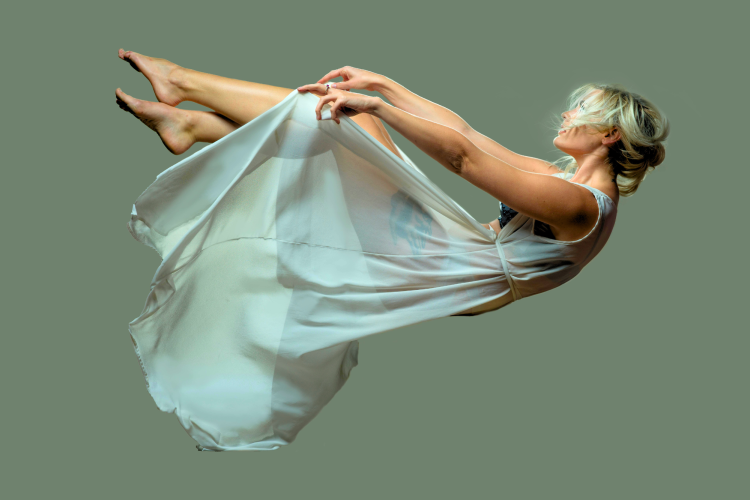
Fine art photography turns everyday moments into breathtaking works of art, where emotion and creativity take center stage. Imagine capturing a single image that moves people so much that you and your work earn recognition at the Fine Art Photography Awards or grace the pages of leading fine art photography magazines. With the right techniques and a spark of inspiration, this could be the year you expand your artistic boundaries and carve your place in this dynamic field. Let’s run through the tips, techniques and career-defining information that can transform your vision into unforgettable masterpieces.
Jump to Section
- What Is Fine Art Photography?
- Fine Art Photography Tips
- Fine Art Photography Techniques
- Fine Art Photography FAQs
What Is Fine Art Photography?
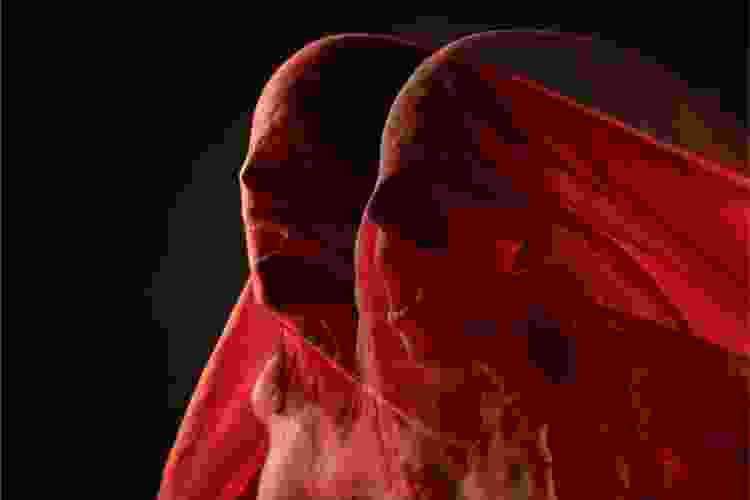
Fine art photography is a captivating type of photography that turns moments into masterpieces that are driven by creativity and emotion. Unlike other types of photography, it’s not about capturing what’s in front of the lens — it’s about sharing a vision, a feeling and a story. This genre excels by pushing boundaries, whether through dreamlike imagery, bold abstraction or profound storytelling. Fine art photography isn’t just pictures, it’s about art that moves people, sparks conversations and leaves lasting impressions on whomever views it.
How Do You Make Fine Art Photography?
Creating stunning fine art photography is all about tapping into your creativity while refining your craft by learning fine art photography techniques. Fine art photography isn't just point-and-shoot or pressing the shutter — it’s about thoughtfully composing each shot to evoke a feeling or convey a message. Whether you’re experimenting with lighting, exploring unique angles or incorporating post-processing magic, these techniques can take your photos from good to gallery-worthy.
For those just starting out, finding an expert who can share fine art photography tips can help sharpen your eye and develop your personal style, making your artistic visions come to life. Also, if you're looking to dive deeper, there’s always an opportunity to learn photography for beginners to build a strong foundation that will elevate your work.
Who Is a Famous Fine Art Photographer?
The world of fine art photography is filled with visionaries who have pushed the boundaries of creativity and expression. These photographers don’t just take pictures — they tell stories and open new windows into how we see the world. With groundbreaking work that has earned fine art photography awards, they’ve transformed photography from a craft into a provocative art form. Get ready to meet a few of the people who have shaped — and continue to shape — fine art photography.
1. Ansel Adams
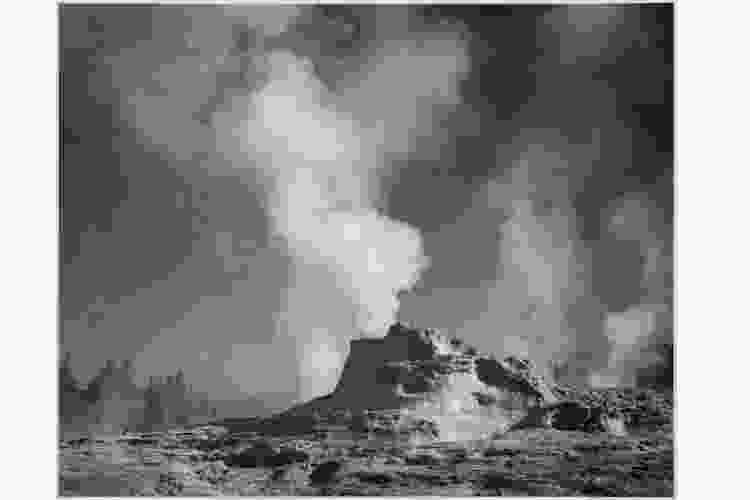
Who is a famous fine art photographer? Ansel Adams is likely the answer if you’re only permitted to give one name. If you’ve ever gazed at a breathtaking landscape and felt your breath catch, chances are you’re seeing the magic of Ansel Adams’ work. A true pioneer, Adams’ black-and-white portfolio of landscape photography in the American West are more than just pictures — they're considered poems to nature by many.
His images of national parks like Yosemite are not only beautiful but also speak to the importance of preserving our natural wonders. Adams’ work earned him countless fine art photography awards, making him one of the most influential photographers in history.
2. Cindy Sherman

If you're talking about photographers who break all the rules, you're not talking for long before mentioning Cindy Sherman. She turned portrait photography on its head by transforming herself into a multitude of characters — from the whimsical to the unsettling. By using her own image to delve deep into the themes of identity, gender and society, Sherman’s work challenges us to look at portraits through an entirely new lens. Her thought-provoking self-portraits have earned her acclaim worldwide, making her one of the most iconic figures in fine art photography today.
3. Gregory Crewdson

Gregory Crewdson’s portraits feel like they’re plucked straight from the most surreal dreams. He blurs the lines between reality and fiction with a cinematic approach to portrait photography that is larger than life, with intricately staged scenes that invite you to question what’s happening behind the carefully crafted composition. Every image is a story in itself, and Crewdson’s work has earned him recognition as one of the leading forces in contemporary fine art photography.
4. Hiroshi Sugimoto
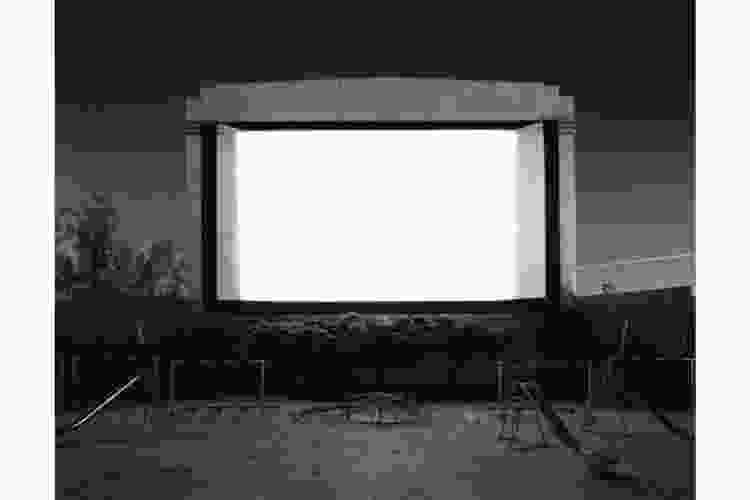
Known for his distinctively understated and meditative style, Hiroshi Sugimoto is celebrated for his long-exposure photography that captures the passage of time in a single frame. His “Seascapes” series, features serene oceans from around the world while his “Theaters” series using glowing screens in empty cinemas are iconic examples of fine art photography. Sugimoto’s work bridges the gap between photography and conceptual art, walking a tightrope few can maneuver.
5. Sally Mann
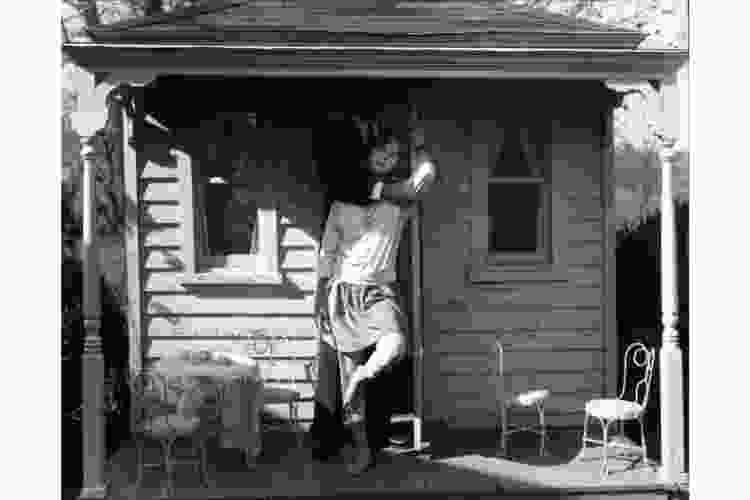
Sally Mann is celebrated for her evocative and deeply personal work that often explores themes of family, memory and the passage of time. Her "Immediate Family" series, featuring intimate portraits of her children, and her landscapes of the American South, have earned her critical acclaim. Mann's fine art photography balances beauty and vulnerability, showcasing her unparalleled ability to capture raw emotion with technical mastery.
6. Steve McCurry
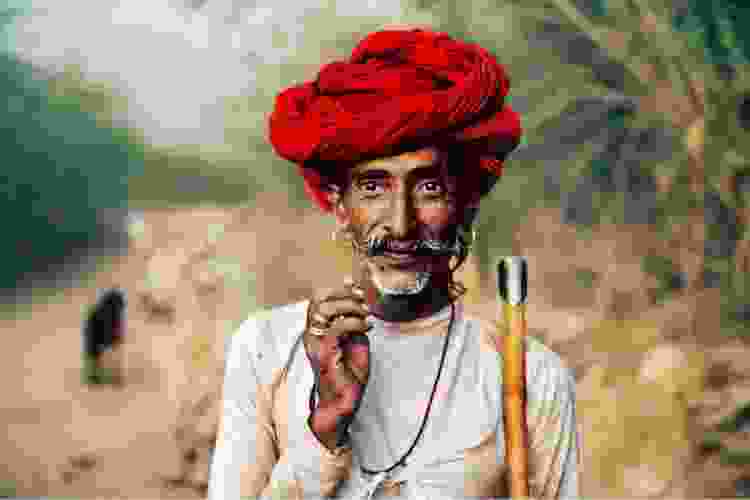
Steve McCurry is best known for his iconic image "Afghan Girl." When it comes to storytelling, he's a master at delivering narratives through fine art photography. McCurry's work features portrait photography and landscape photography, but documenting the human condition in profound ways was his primary pursuit. He focuses on vibrant colors and cultural richness which add true depth to his work as he captures the beauty and resilience of people around the world. His work has earned him industry acclaim and prestigious fine art photography awards.
7. Irving Penn
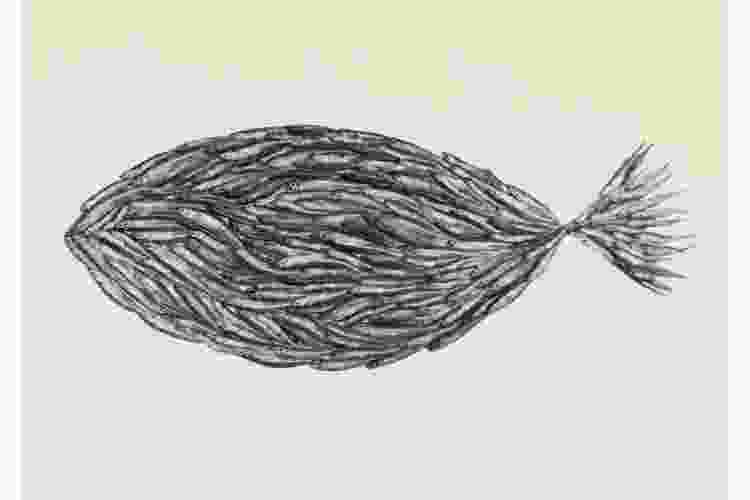
Irving Penn is celebrated as one of the most influential fine art photographers of the 20th century. Known for his mastery of portrait photography and still life, Penn brought an unparalleled elegance and simplicity to his work. His portraits of cultural icons and meticulously composed still-life images are timeless examples of fine art photography techniques.
Fine Art Photography Tips
Are you interested in leveling up your fine art photography? We can help! With the right fine art photography techniques, you can make an ordinary moment into an extraordinary memory. Right now, you’re probably wondering, "How do you make fine art photography?" The secret lies in embracing your creativity, refining your skills and using these expert tips to guide you in capturing your subject. Below are some actionable tips to help you capture stunning images and bring your artistic vision to life!
1. Master Lighting for Dramatic Impact
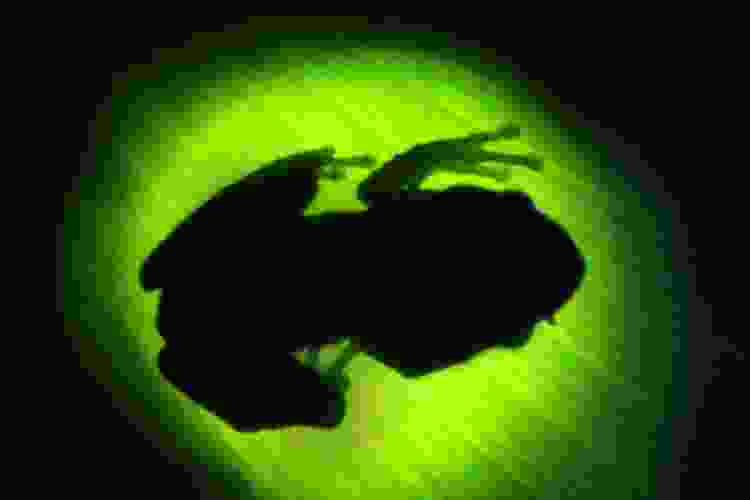
Lighting is everything in fine art photography. It can turn an unassuming scene into a breathtaking masterpiece. Worse, bad lighting can leave it flat and uninspiring. Focus on natural light or experiment with studio lighting to create striking contrasts and shadows. Play with light direction to highlight textures and shapes, bringing out the emotion and story you want to tell. Great lighting is the foundation of many fine art photography techniques — and it can be the difference between a good shot and a jaw-dropper.
2. Consider Composition to Tell a Story
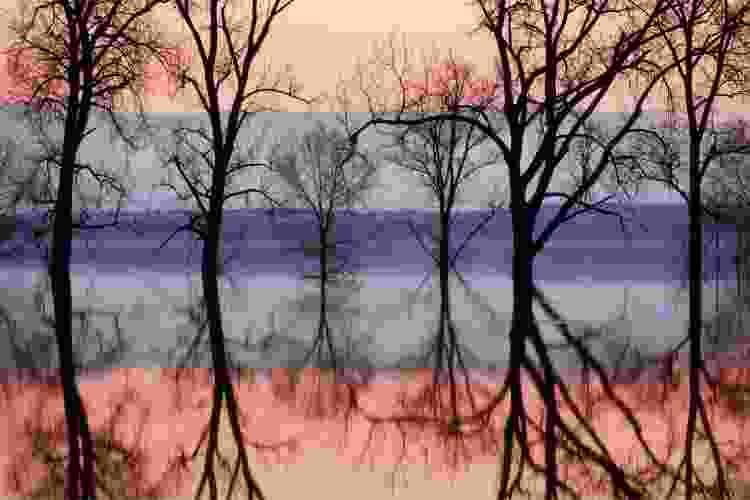
One of the hallmarks of fine art photography is composition. When framing your shot, consider balance, symmetry and how you can use negative space. Each element should contribute to the story you're trying to tell, so don’t be afraid to break rules if it helps convey your artistic vision. Whether it’s a minimalist landscape or a powerful portrait, a strong composition will elevate your image and engage viewers in a conversation about what’s important in the frame.
3. Experiment with Unique Angles and Perspectives
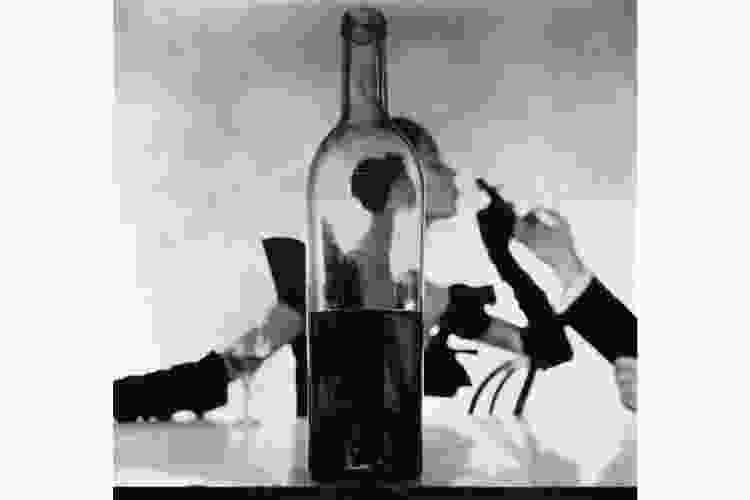
Want to make your fine art photography stand out? Try shooting from unexpected angles — like a low angle for a dramatic portrait or an overhead shot for a creative landscape. This is one of those fine art photography techniques where shifting your perspective can transform even the most familiar scenes into something fresh and exciting. It’s all about finding new ways to tell your story through your lens.
4. Focus on the Details
The magic is often in the details when you're producing fine art photography. Whether it's the texture of a weathered wall or the subtle expression on a subject's face, the smallest details can turn a snapshot into a work of art. Pay close attention to what’s in the frame and how those tiny elements interact to convey mood, depth and meaning. These delicate moments are often what elevates fine art photography to the level of timeless beauty.
5. Stay Open to Surprises
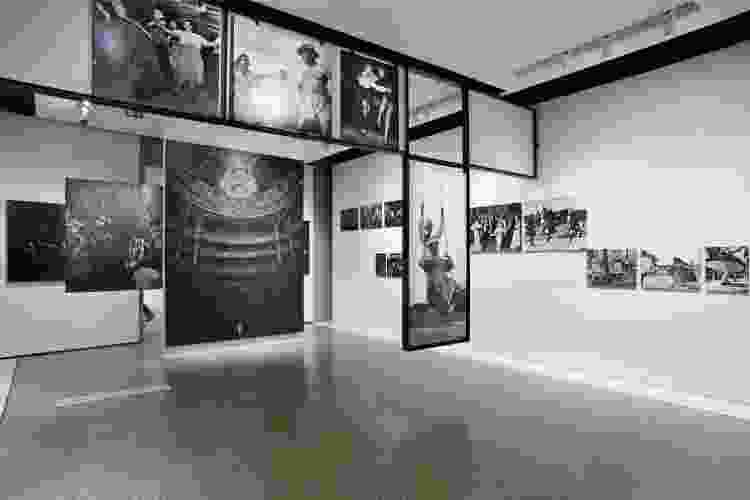
Fine art photography isn’t always about control — it’s also about welcoming the unexpected. While having a clear vision of what you want to create is important, allow room for happy accidents. Sometimes, the most unforgettable shots happen when you let go of expectations and let the world surprise you. Stay open to new ideas and approaches because some of the best works are the result of spontaneity.
Fine Art Photography Techniques
Most great works are created through a combination of great art and great science — or technique. Fine art photography requires taking your passion or vision and applying great technique — because it isn't just about taking a picture, but about creating something that looks and feels profound. These techniques will take your shots from simple pictures to potential works of art. Let’s break down some must-know approaches that’ll help you capture mesmerizing, impactful images every time.
1. Experiment with Long Exposure

Long-exposure photography is a game-changer and one of the photography tricks you’ll want to use to create dreamy, ethereal images. By using slower shutter speeds, you can turn movement into art, like capturing the silky smoothness of flowing water or the streaks of car lights at night. This technique adds an extra layer of artistry to your fine art shots.
2. Master the Use of Depth of Field
Controlling your depth of field can add emphasis to specific parts of your image to really make it pop. Basically, a shallow depth of field isolates your subject from the background, while a deeper field keeps everything in focus. This technique allows you to guide the viewer’s attention to what matters most in your shot.
3. Play with Color and Contrast

Color is a powerful tool for evoking emotions. Use bold contrasts or muted tones to set the atmosphere of your fine art photograph. Adjusting the balance of colors and contrast can help convey moods, such as tranquility, vibrance, or mystery.
4. Explore Reflections for a Surreal Effect

Reflections create a fascinating visual narrative, especially when you capture them in unconventional surfaces — think puddles, glass, mirrors, or even water. This technique can add depth and intrigue to your fine art photography, drawing out a sense of mystery and wonder in your shots.
5. Dabble with Double Exposure
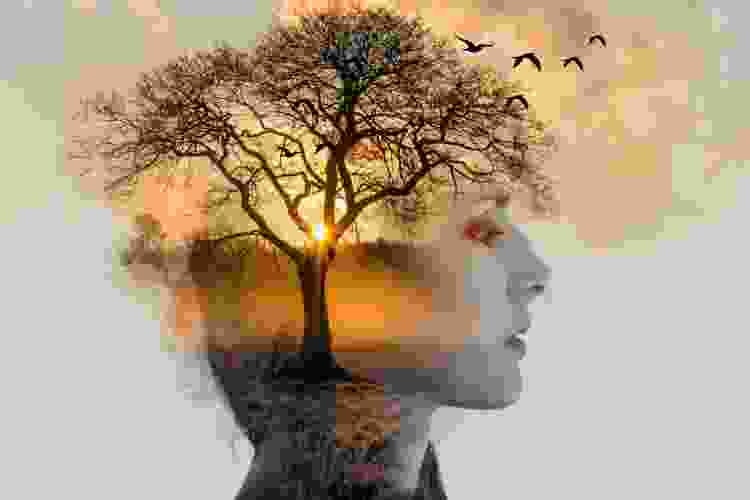
Double exposure is a technique where two images are superimposed into one frame, creating a surreal or dreamlike effect. This fine art photography technique allows you to tell a layered, complex story within a single photograph. This can add a creative and artistic dimension that helps your fine art photography pop.
6. Focus on Textures and Details
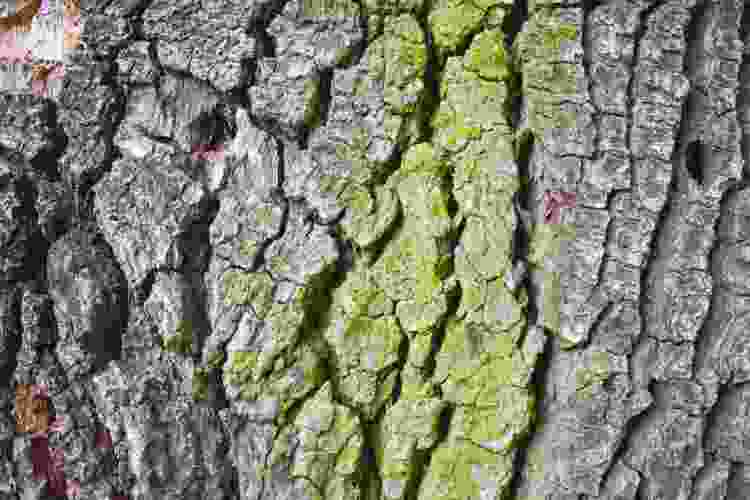
Few people realize that just zooming in on the right textures of an object can reveal intricate details that can make something seemingly simple an extraordinary piece of art. For example, you can capture the rough surface of bark, the smoothness of glass or the delicate folds of fabric. These textures evoke a tactile quality that pulls the viewer into your art and enhances the emotional connection to your subject.
7. Use Monochrome for Timelessness
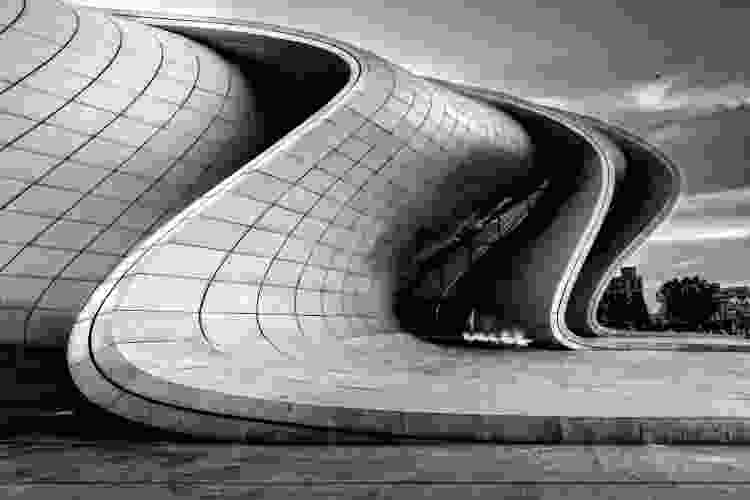
Black and white photography doesn’t just have nostalgic purposes — it’s an incredibly powerful way to focus the viewer’s attention on the form, texture, and emotion of the image. Eliminating color allows you to work with contrast, shadows, and highlights to create striking, timeless pieces of fine art photography.
8. Harness Motion Blur for Dynamic Impact

Motion blur adds energy and dynamism to your images. Use this technique to express movement, whether it's the flow of a dancer, the rush of a crowd, or the speed of a moving vehicle. It transforms a simple moment into something visually electric, adding a sense of motion to your still image.
Fine Art Photography FAQs
Fine art photography is a captivating and evolving art form, and as you dive deeper into the world of creativity, it’s natural to have some burning questions. Let’s take a closer look at the details behind the craft, the accolades, and the rewards.
What Is a Fine Art Photography Salary?
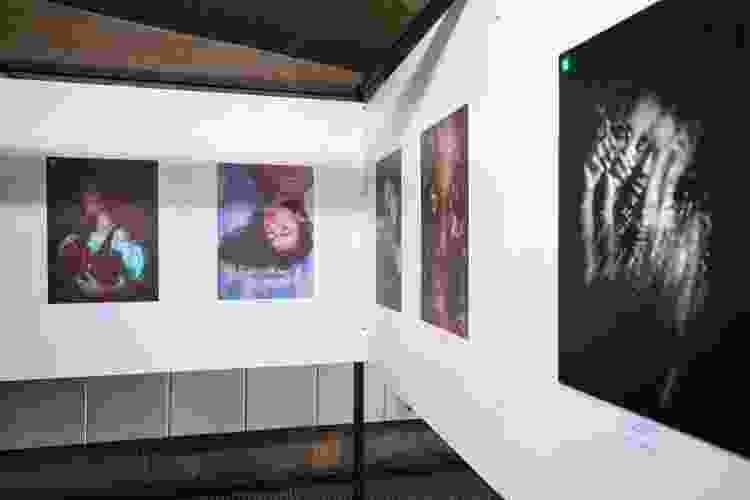
The fine art photography salary can vary greatly depending on factors, including the person’s experience, reputation and even where they live. On average, fine art photographers earn anywhere from $30,000 to $60,000 per year. Though some successful artists can make much more through exhibitions, print sales and commissions.
What Are the Fine Art Photography Awards?
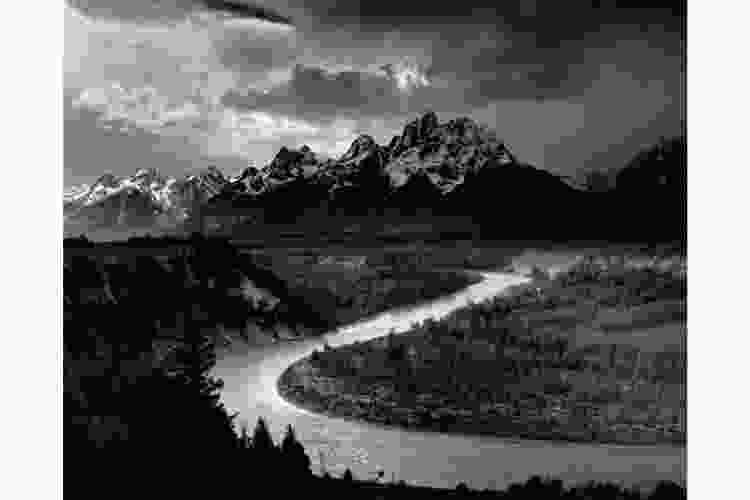
Fine art photography awards are prestigious recognitions that recognize the best photographers in the industry. These awards celebrate creativity, technical skill and artistic vision, with events like the International Photography Awards (IPA) and the Fine Art Photography Awards showcasing the very best in the field. Winning such an award can elevate a photographer's career and increase visibility in the global art market.
What Is Another Name for Fine Art Photography?
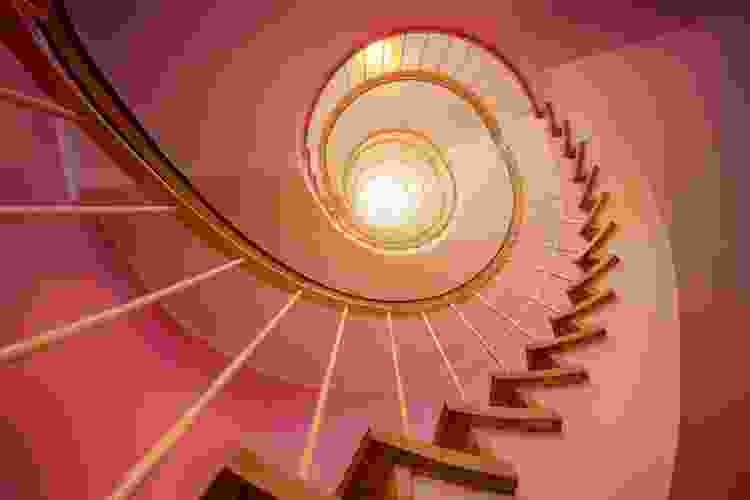
Another name for fine art photography is “artistic photography,” where the photographer creates images that are intended to be viewed as a work of art rather than commercial or documentary pieces. Artistic photography expresses a personal vision that often includes an emphasis on aesthetics, composition and emotional resonance, rather than just capturing a scene or moment.
Fine art photography is a world where creativity meets technical precision, offering endless opportunities for self-expression and artistic exploration. By mastering the right techniques, using the proper tools and studying the work of past and present trailblazers, you can eventually develop a style and vision that is all your own. This applies whether you’re an aspiring photographer or a seasoned professional because fine art photography challenges you to push boundaries and think outside the box to create something that's uniquely you.
As you experiment with fine art photography techniques, remember that the true power of this art form lies in the ability to elicit genuine emotions from a person and start dialogs. Stay diligent as you refine your craft while staying inspired by the world around you so you can celebrate life's most fleeting moments through your lens. Like all art, your photographs have the potential to inspire others, just as you’ve been inspired to pick up a camera. So, embrace the journey and let your passion for fine art photography guide you to new heights.
For even more fun photography ideas, check out other experiences happening on Classpop!

